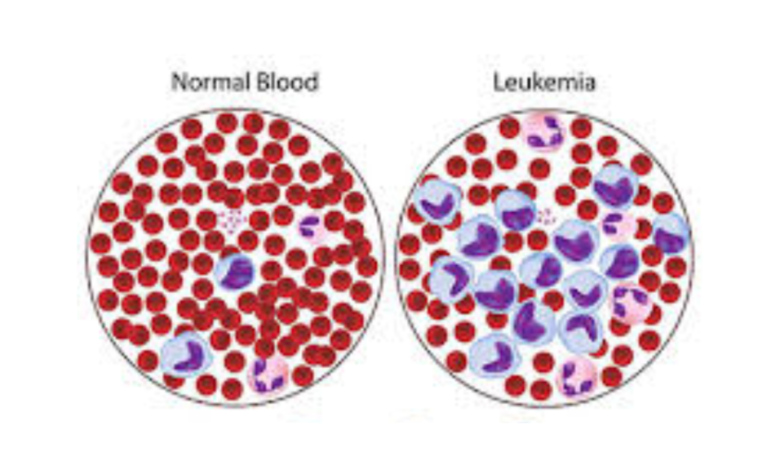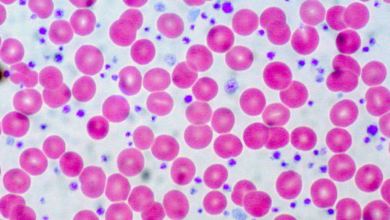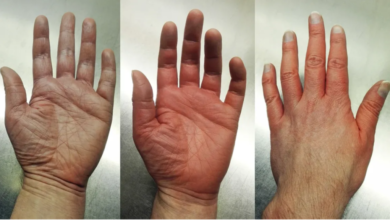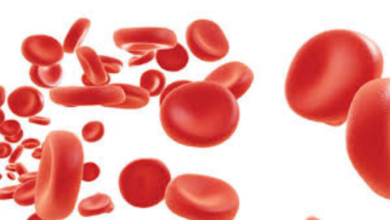
What is Leukemia?
Leukemia is a type of cancer that affects the blood and bone marrow. It causes the body to produce abnormal white blood cells, which can crowd out healthy cells and impair the body’s ability to fight infection.
Types of Leukemia
Leukemia is categorized into two main types based on how quickly it progresses:
- Acute Leukemia: This type of leukemia progresses rapidly and requires immediate treatment.
o Acute Lymphoblastic Leukemia (ALL): Primarily affects children and young adults.
o Acute Myeloid Leukemia (AML): More common in adults. - Chronic Leukemia: This type of leukemia progresses slowly and may not cause symptoms for many years.
o Chronic Lymphocytic Leukemia (CLL): Most common in older adults.
o Chronic Myelogenous Leukemia (CML): Typically affects adults.
Symptoms of Leukemia
Symptoms of leukemia can vary depending on the type and stage of the disease. Some common symptoms include:
• Fatigue
• Frequent infections
• Easy bleeding or bruising
• Fever
• Night sweats
• Weight loss
• Swollen lymph nodes
• Bone pain
Causes of Leukemia
The exact cause of most cases of leukemia is unknown. However, certain factors can increase the risk, such as:
• Exposure to radiation: Exposure to high doses of radiation can increase the risk.
• Exposure to certain chemicals: Exposure to certain chemicals, such as benzene, can increase the risk.
• Genetic factors: Certain genetic mutations can increase the risk of certain types of leukemia.
• Immune system disorders: Some immune system disorders, such as HIV/AIDS, can increase the risk.
Who Can Suffer from Leukemia?
Anyone can develop leukemia, but certain factors can increase the risk, such as age, family history, and exposure to certain substances.
Diagnostic Tests for Leukemia
To diagnose leukemia, a doctor may use a combination of tests, including:
• Complete blood count (CBC): To check for abnormalities in the blood cells.
• Bone marrow aspiration and biopsy: To examine bone marrow cells.
• Lymph node biopsy: To examine lymph node tissue.
Stages of Leukemia
The staging of leukemia varies depending on the specific type. For example, acute leukemias are often classified as early or advanced. Chronic leukemias may be classified based on the stage of the disease and the presence of certain genetic abnormalities.
Treatment of Leukemia
The treatment for leukemia depends on the type, stage, and overall health of the patient. Common treatment options include:
• Chemotherapy: To kill cancer cells throughout the body.
• Radiation therapy: To kill cancer cells with high-energy rays.
• Stem cell transplantation: To replace damaged bone marrow with healthy stem cells.
• Targeted therapy: To target specific molecules involved in cancer cell growth.
Diet and Leukemia Prevention
While a healthy diet cannot guarantee prevention of leukemia, it can contribute to overall health and reduce the risk of certain risk factors. Here are some dietary recommendations:
• A balanced diet: A diet rich in fruits, vegetables, and whole grains can help.
• Limit processed foods and sugary drinks: These can contribute to weight gain and other health problems.
• Maintain a healthy weight: Obesity is linked to an increased risk of certain cancers.
Diet and Leukemia Prevention
While a healthy diet can contribute to overall health and reduce the risk of certain cancers, there’s no specific diet that can directly prevent leukemia. However, maintaining a balanced diet can support the immune system and overall health.
Overall Survival Rate of Leukemia
The overall survival rate for leukemia varies widely depending on the specific type, stage, and treatment received. Early detection and aggressive treatment can significantly improve the prognosis.
Doctor to Consult
A hematologist-oncologist is the best doctor to consult for leukemia.
Diseases Associated with Leukemia
Leukemia is not directly associated with other specific diseases. However, certain genetic conditions and immune disorders can increase the risk of developing leukemia.
How to Prevent Leukemia
While there’s no guaranteed way to prevent leukemia, the following strategies can reduce the risk of certain factors that may contribute to the development of the disease:
• Limit exposure to radiation and certain chemicals: Exposure to these substances can increase the risk of certain types of leukemia.
• Maintain a healthy weight: Obesity is linked to an increased risk of certain cancers.
• Regular check-ups: Regular check-ups can help detect any abnormalities early on.
• Healthy lifestyle: A healthy lifestyle, including a balanced diet and regular exercise, can help boost the immune system.





